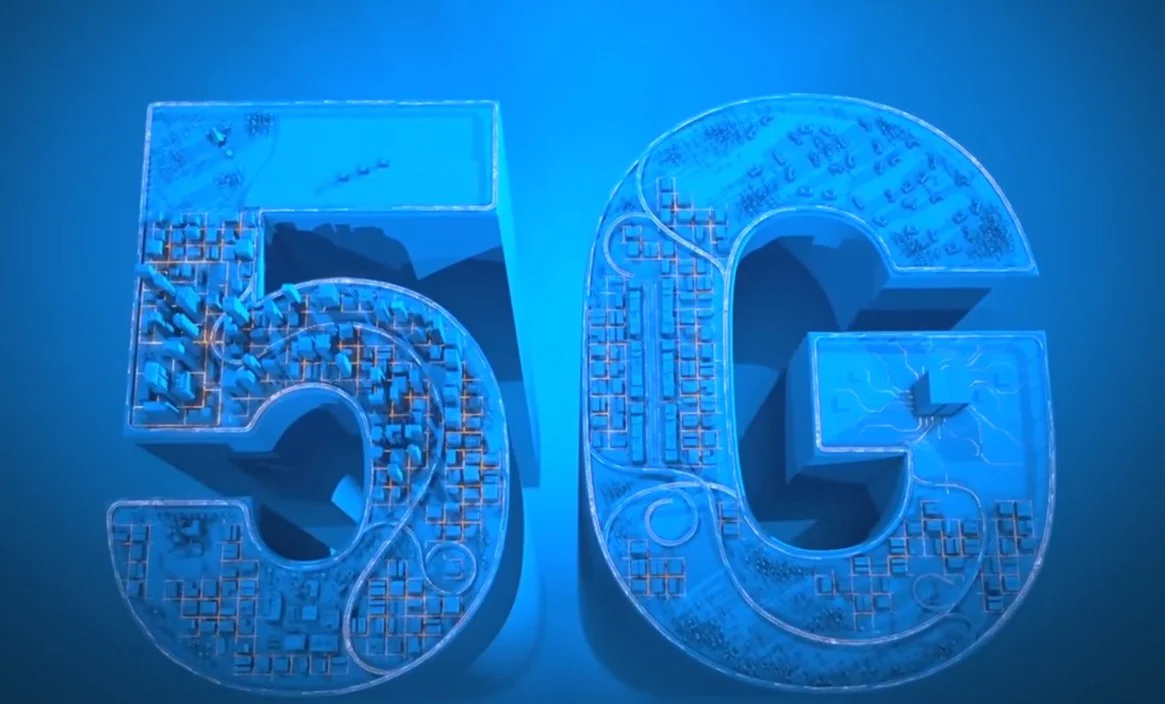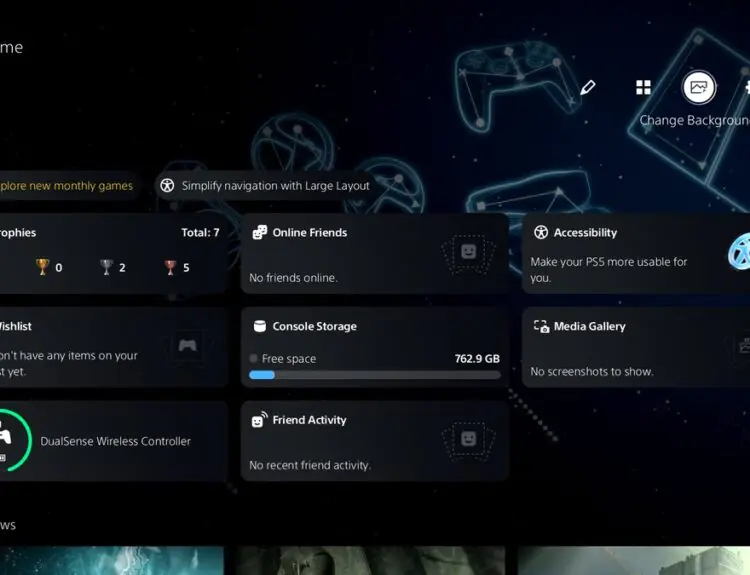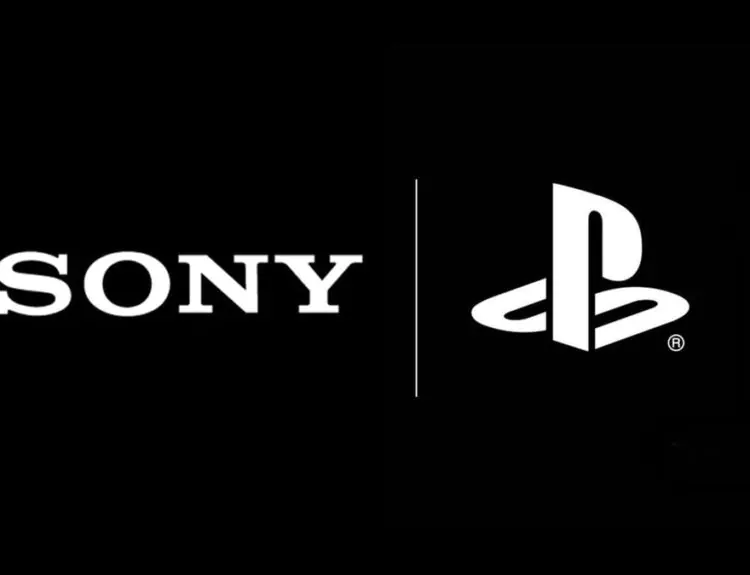The goal to roll out 5G in the US is gaining traction, and online gamers will only benefit from it.
A 2018 research by Ericsson estimated that by 2024, 5G penetration would have reached 40%, translating to around 1.5 billion people.
But why is this good news for gamers?
More than the speed, however, the 5G network will help the gaming industry on two things: latency and congestion.
The digital system will transfer data on a higher radio frequency or at the 28 GHz mark. In comparison, the 4G network operates between 700 MHz and 2500 MHz. The higher radio frequency potentially results in a lightning-speed transfer of bytes over the air.
On average, 4G speed is already quite fast. You are looking at 10Mbps up to 150Mbps for the 4G Network. For a bit of context, you can already stream Netflix movies on HD at speeds of 5Mbps.
However, 4G really performs poorly on latency, which refers to the delay before the data transfer starts obeying an instruction. In online games, you want to have the lowest latency as possible.
If you have high latency or ping, it will result in slower gameplay. You would be at a disadvantage when you are matched up online with a player enjoying lower latency. This is especially true with battle royale shooter games like Fortnite or PUBG, where you need an edge to win.
According to the FCC, the average round-trip latency rate in the US for fiber services is around 17 milliseconds. This dwindles to 28 milliseconds for cable and 44 milliseconds for DSL.
Here’s a quick video explanation about what latency is and the factors that affect it.
Online gamers know that in first-person shooter games, timing is everything. A 20 ms latency rate is already considered sufficient for most games today.
Meanwhile, the goal of 5G is to deliver an average speed of 1 gigabyte per second and 10 ms latency.
Of course, it’s not only the Internet speed that determines latency, but there are also other factors, as well. But at those numbers, it’s clear that it will dramatically improve online gaming for even the most demanding of titles.
Also, with the new network technology, the spectrum can accommodate one million devices for each square kilometer. With the maximum number of devices, it can accommodate, the likelihood of congesting the network is close to zero. Compare that with 4G, which can only accommodate 4,000 devices, and that’s already considered congested.







